The central role of Cyber Threat Intelligence (CTI): why and how to integrate it in business
What is Cyber Threat Intelligence (CTI)?
Cyber Threat Intelligence (CTI), also called cyber threat intelligence, refers to the collection, analysis, and exploitation of data on current or potential threats in order to inform cybersecurity decisions.
It's not just about receiving technical indicator feeds or sharing alerts. The value of Cyber Threat Intelligence (CTI) lies in its ability to produce context, qualify risk, and align defense with real threats, not assumed ones.
From a reactive to a proactive posture
Integrating Cyber Threat Intelligence (CTI) in a company means moving from reactive cybersecurity to a proactive posture.
This makes it possible to adapt defense mechanisms to the operating methods of attackers who effectively target the organization, its sector of activity or its geography, and therefore to implement cybersecurity that is truly aligned with the threats.
A strategic dimension
Cyber Threat Intelligence (CTI) also brings a strategic dimension to cybersecurity governance.
It informs IT security investment choices, feeds cyber risk analyses, and strengthens communication between businesses and technical teams.
It can contribute to:
- the definition of cyber crisis scenarios;
- the prioritization of vulnerabilities to be corrected according to their criticality;
- the identification of indirect exposures via partners or subcontractors, a major challenge in the cybersecurity of supply chains.
Concrete operational benefits
Operationally, Cyber Threat Intelligence (CTI) powers detection tools such as SIEM, EDR or network probes, pillars of modern cybersecurity.
It makes it possible to create more targeted correlation rules, to enrich alerts with context based on threat intelligence, and to speed up the investigation phases.
It also strengthens threat hunting capabilities by providing credible hypotheses to be explored.
A collaborative challenge
But beyond technology, Cyber Threat Intelligence (CTI) is also an issue of collaboration between cybersecurity actors.
It involves relying on multiple sources, both internal and external, and establishing relationships of trust with other actors in computer security and intelligence.
Whether they are national CERTs, sectoral communities or private intelligence providers, the ability to exchange qualified information is becoming a lever for cyber maturity.
A structuring governance tool
Integrating Cyber Threat Intelligence (CTI) into a company means finally accepting that cybersecurity cannot be managed by technical rules alone.
It means bringing the cyber threat into decision-making processes, into governance, and into the organization's culture.
Faced with organized, adaptable and often invisible adversaries, cyber intelligence becomes a condition of resilience for companies.
Cyber Threat Intelligence (CTI) is not an option. It is a structuring tool for building cybersecurity that is truly threat-oriented and aligned with the reality on the ground.
Marc-Frédéric Gomez
To find all our other items, see the complete library of our cybersecurity articles.
Illustration
AI-generated image.
sourcing
- Gartner — Market Guide for Security Threat Intelligence Products and Services
- https://www.gartner.com/en/documents/4013810
- ENISA — Threat Intelligence for Information Security and Cybersecurity
- https://www.enisa.europa.eu/publications/strategic-threat-intelligence
- MITRE — Threat-Informed Defense
- https://www.mitre.org/publications/technical-papers/transforming-cybersecurity-through-threat-informed-defense
- ANSSI — Integrating threat intelligence into corporate cybersecurity
- https://www.ssi.gouv.fr/publication/integration-de-la-cti/
- FIRST — Threat Intelligence Best Practices
- https://www.first.org/resources/papers








.avif)